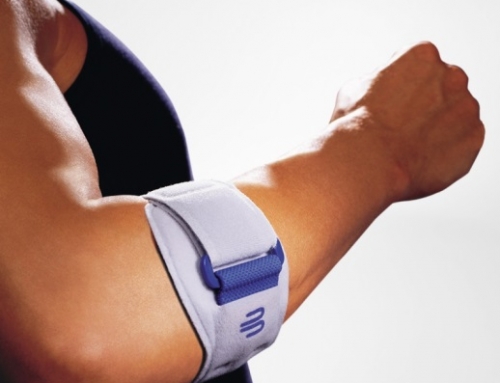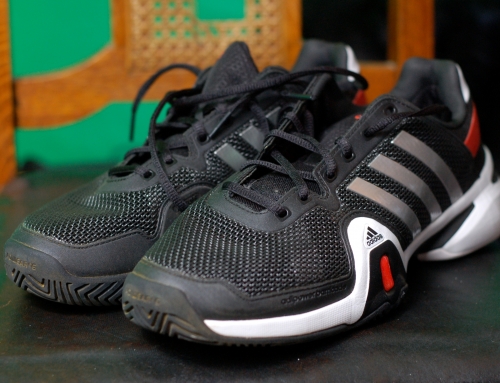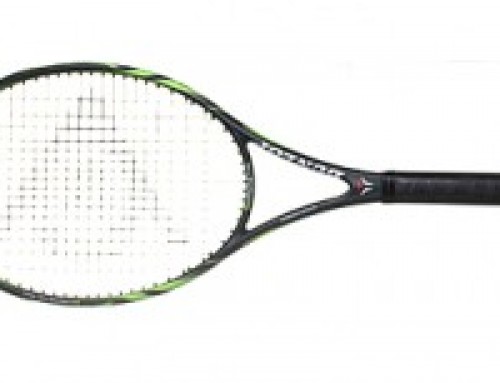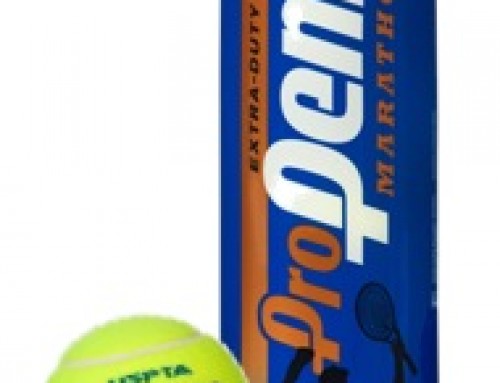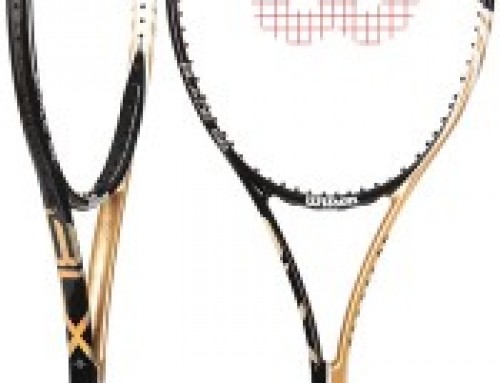The More They Stay The Same!
Pursuant to and somewhat contradictory to my esteemed colleague Jeremy’s article I feel compelled to let all our readers in on a few trade secrets. Some will be obvious, some not so much. At the end of this article you will be a more informed consumer.
#1-We are in the business of sales! Shocking I know! Ian, Jeremy, and I, as tennis professionals are in the business of selling ourselves (not that way) and our services! We are also in the business of selling equipment, particularly of the equipment of whichever racquet manufacturer happens to sponsor us.
#2-The racquet companies in order to remain profitable need you to buy equipment on a regular basis. The industry’s preferred rate is a new racquet for every player every 1.5-2 years. You will also notice that the aforementioned time frame also coincides with the rate at which racquet technologies change and racquets are discontinued to make room for newer models. This planned obsolecence is a long standing industry practice that has been particularly perfected by Wilson and copied by everyone else. How do you explain discontinuing the best selling frame EVER!! (The Prostaff 6.1 Classic)
In most instances the changes that are made from one version of a racquet to the next are largely cosmetic. If one looks at the most popular frames that have stood the test of time the weight, balance, head size, swing weight, and playbility have remained the same despite multiple technology changes. Some great examples include: Volkl C-10 Pro & V1, Head Prestige & Radical, Wilson Hammer 6.2 & Pro Staff 6.0, and Babolat Pure Drive.
The reason that these racquet stay the same is that upper level players don’t want their frames to change, they want them to play the same way they always have and not to posses the qualities that new technologies supposedly bring. New technologies always propose to make the racquets stiffer, lighter, more powerful, and easier on the arm. Upper level players prefer to have their racquets be heavy, flexible, control oriented, and have a significant level of feedback. In conclusion, just because the company who makes your racquet introduces and newer, prettier version of your stick there is no need to run out and buy it because if you are using a players frame the only change you’ll notice is in the paint job!!
#3-If you like to sample new technologies and the benefits that they present then you need to step your game back. Class of racquets that receive the majority of the benefits of increasing technology is the Game Improvement sector. These racquet come and go and change far more than the Player’s Frames every will. G.I. racquets and the testing ground for new technologies, it is where the new techs can provide the most benefits and provide the most measurable improvement in on court results. In the coming weeks I will be playtesting and reviewing a number of G.I. Racquets, among the comments that you are sure to hear are: “Racquet X is much stiffer and more powerful than its predecessor” or “Racquet X is much lighter and easier on the arm and more than previous versions.” While I am 5.0 and play with one of the most bare bones frames that you’ll find, I can certainly appreciate the benefits that can be derived from new technologies in the Game Improvement sector.
Despite the fact that Game Improvement frames benefit the most from new tech changes, there is a significant drawback! Like any other tech driven business i.e. cell phones, tv’s, and cars, the more technology that is involved, the higher the price. Don’t be surprised to see the price tag on your newest G.I. frame to run in the $240-$250 range!
#4-For most people who take equipment seriously and do their research this will come as a thank you Capt. Obvious moment but it needs to be said anyways. When purchasing a racquet NEVER use the fact that your favorite player uses a particular racquet as a determinative factor. ALL pro tour players play with heavily customized frames that are specifically redesigned just for them by the world top racquet customizers. The racquet that Rafael Nadal uses is a similar to the Aero Drive at your local pro shop as a mountain lion is to your household cat. In order to find the racquet that will suit you best you must play test them, that’s why we keep demo in the proshops and in our teaching bags, so you can try’em before you buy’em!
Although this article isn’t about any particular piece of gear, hopefully it will help you make a more informed decision the next time you are considering making a racquet purchase.



